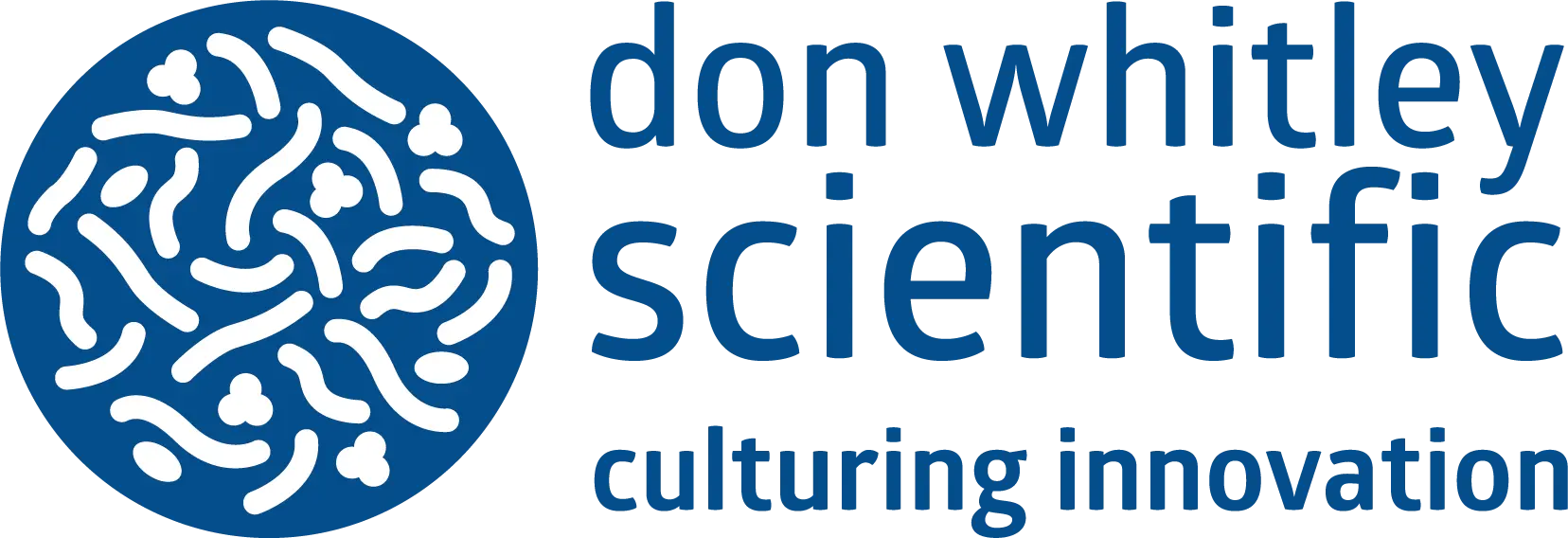
This article was written by Burga Kalz Fuller of HypOxygen, giving an account of her and HypOxygen’s recent involvement at the Keystone meeting in Whistler, Canada.
Really, a day in Whistler doesn’t get any better: talks on the newest results on hypoxia and tumour metabolism from morning till night, and outside the snow falls all day, every day. The joint Keystone Symposia on “Adaptations to Hypoxia in Physiology and Disease” and “Tumour Metabolism: Mechanisms and Targets” in Whistler, British Columbia last week featured both skiing and science, and HypOxygen was honoured to be a part of it all.
Joint sessions every day highlighted the many ways in which hypoxia controls gene expression, influences metabolic pathways, and regulates immunological and inflammatory processes, with new data showing how hypoxia affects the Hallmarks of Cancer. North American Hypoxystation users Navdeep Chandel, Nick Denko and Brad Wouters gave talks on respiration, mitochondrial function, and hypoxic regulation of autophagy. European Hypoxystation users Almut Schulze, Janine Erler and Ester Hammond spoke about glucose/lipid metabolism, ECM remodeling and DNA replication in hypoxia. Together, a global community of cancer researchers are targeting hypoxia as a key factor underlying tumour genesis and cancer progression.
Some of our own Hypoxystation users gave poster presentations: Ji Zhang (pictured top left) from Brad Wouters’ lab at Princess Margaret Cancer Center had a poster on “Characterizing oxygen metabolism and hypoxia tolerance in pancreatic ductal adenocarcinoma“, and Sara Timpano from Dr. Jim Uniacke’s lab at University of Guelph presented “Investigating cellular metabolism, DNA damage, and oxidative stress response under physiological oxygen conditions“. Hypoxystation users Navdeep Chandel, Nick Denko and Brad Wouters gave talks on respiration, mitochondrial function, and hypoxic regulation of autophagy, to name just a few.
We spoke to many of the Keystone attendees about our Whitley i2 Instrument Workstation and the Whitley H35 HEPA Hypoxystation by Don Whitley Scientific. The closed workstation format of the Hypoxystation provides reliable hypoxia down to 0.1% for cells accustomed to the very low oxygen customary in any body tissue, and especially in the tumour microenvironment. Precise oxygen, carbon dioxide, and humidity control within a temperature-controlled environment as well as ample space for cellular manipulation, assays and microscopic observation allow researchers to mimic and monitor physiological conditions. HEPA filtration, sterile steam humidification, and remote parameter monitoring are some of the features that make the Hypoxystation so unique.
As Jim Uniacke states in this video tutorial on creating physiological oxygen, “It is important to keep cells in the hypoxia workstation up until the point of lysis, as oxygen can rapidly alter the biochemical properties of these translation factors.” His lab has been producing exciting results on translation control at hypoxia with the Hypoxystation for several years, earning him the honorary title of “cancer cells’ worst nightmare.” Dr. Uniacke and all the other researchers at the Keystone symposia are working on conquering the nightmare of cancer, Hypoxygen and Don Whitley Scientific want to assist you in that endeavour where possible.


 en
en


 English
English